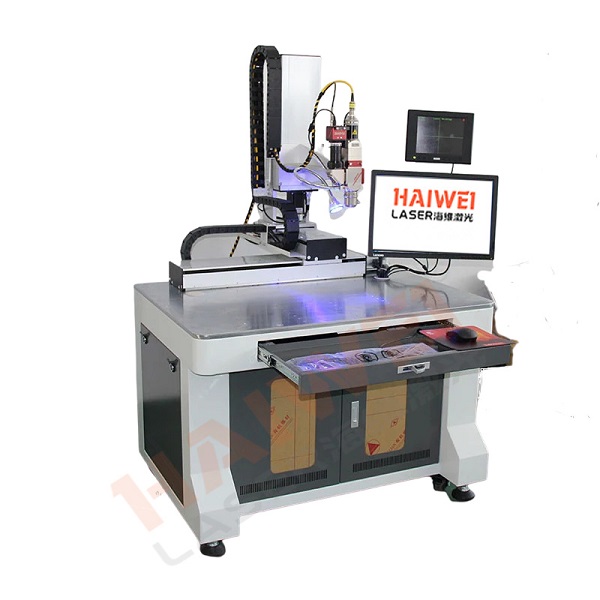Laser Welding Machine: Aluminum Laser Welding Applications
Why Aluminum Presents Unique Challenges
Aluminum is widely used in automotive, aerospace, and consumer electronics due to its lightweight and corrosion resistance. However, its high thermal conductivity and reflectivity make welding more complex than steel. When using a laser welding machine, these properties require careful parameter control to ensure stable keyhole formation and avoid defects like porosity or cracking.

How Laser Welding Addresses Aluminum’s Behavior
Modern laser welding machines equipped with high-brightness fiber lasers (typically 500W to 2000W) can overcome aluminum’s reflectivity, especially at the 1-micron wavelength. The focused beam delivers energy quickly, minimizing heat spread and reducing distortion. This is critical for thin aluminum sheets where warping can affect dimensional accuracy.
Common Joint Types and Process Setup
Butt and lap joints are most common in aluminum laser welding. Proper fit-up and edge preparation are essential—gaps or misalignment increase the risk of incomplete fusion. Using shielding gas, such as argon or helium, helps stabilize the weld pool and reduce oxidation. Helium, though more expensive, improves arc stability and penetration in high-reflectivity materials.
Automation and Process Monitoring
Many manufacturers integrate laser welding machines into automated cells with seam tracking and real-time monitoring. These features help maintain consistent quality, especially on curved or complex 3D parts. For high-volume production, such as battery housings or heat exchangers, this level of control improves yield and reduces rework.
Material Variants and Pre-Weld Cleaning
Different aluminum alloys respond differently to laser welding. For example, 5000 and 6000 series are generally weldable, but 2000 and 7000 series may require preheating or filler material to prevent cracking. Surface cleaning is also critical—oil, oxide, or moisture must be removed before welding to avoid porosity.
With the right setup, a laser welding machine—such as those configured by Haiwei Laser with optimized parameters and process support—can produce strong, clean welds on aluminum components. Success depends on matching laser parameters to material type, ensuring good joint fit-up, and using proper shielding and automation.
Recent Posts
- What are the advantages of laser welding machines in lithium battery pack production lines?
- What issues should be noted when choosing a lithium battery pack production line?
- Quality Inspection and Control of Lithium Battery Module Pack Production Line
- Cell grouping and sorting process in lithium battery module pack production line
- What are the safety hazards of lithium battery pack production lines and how can they be prevented?
INQUIRY

